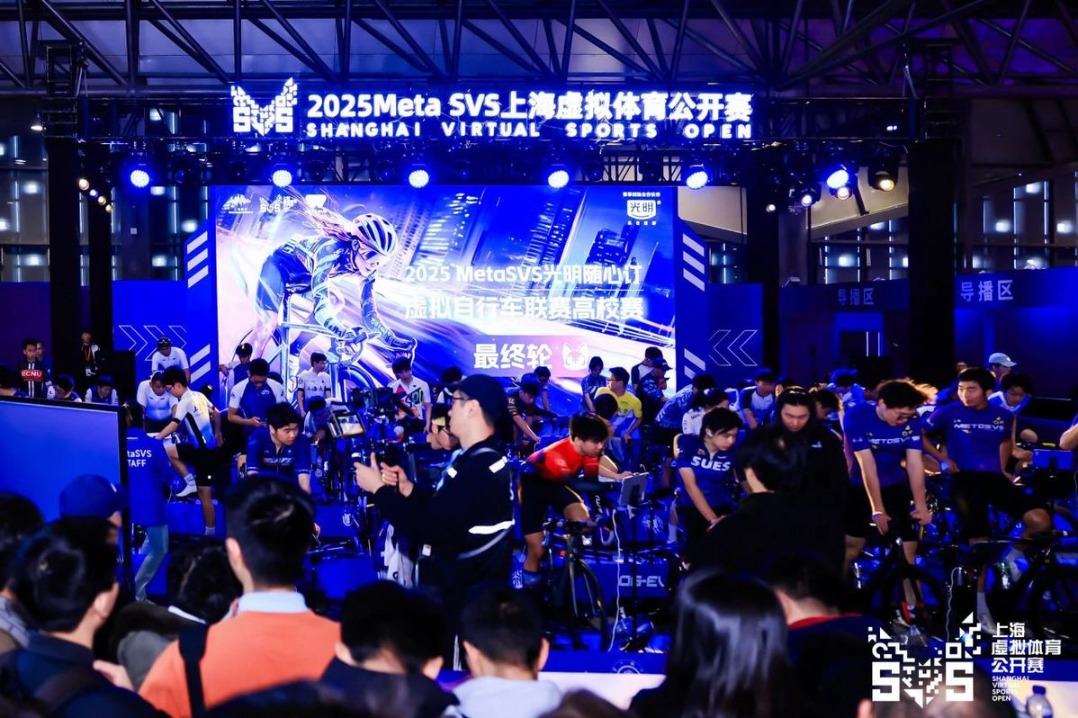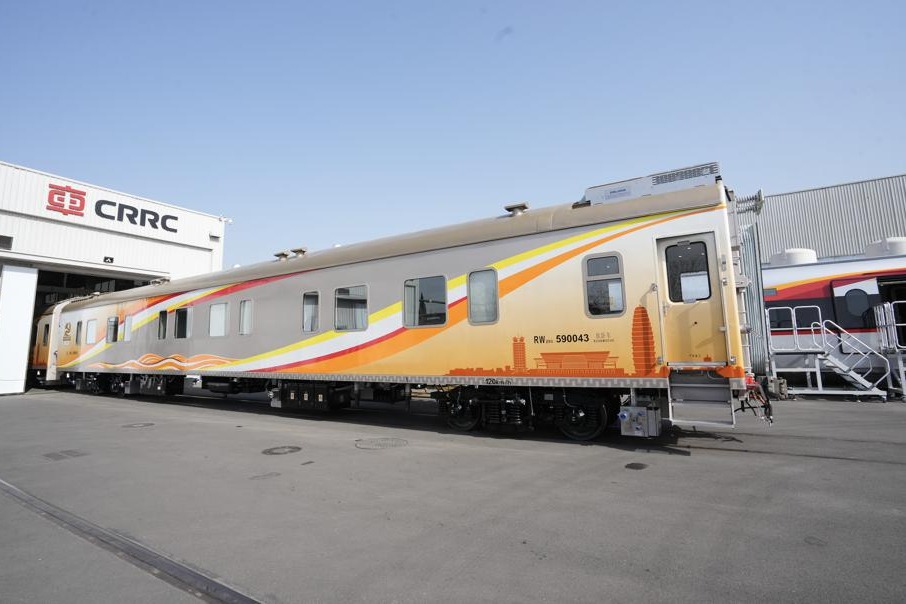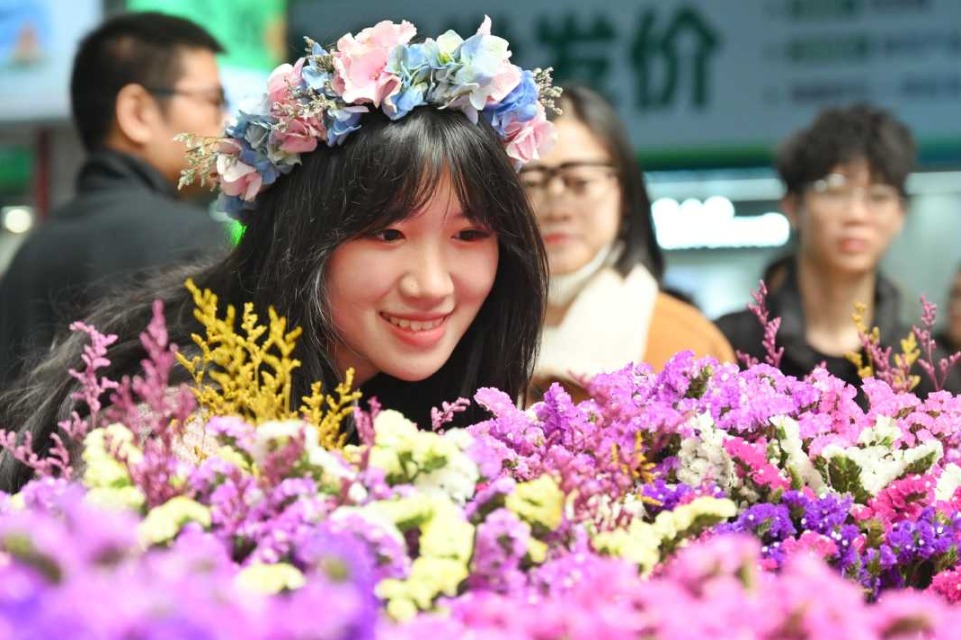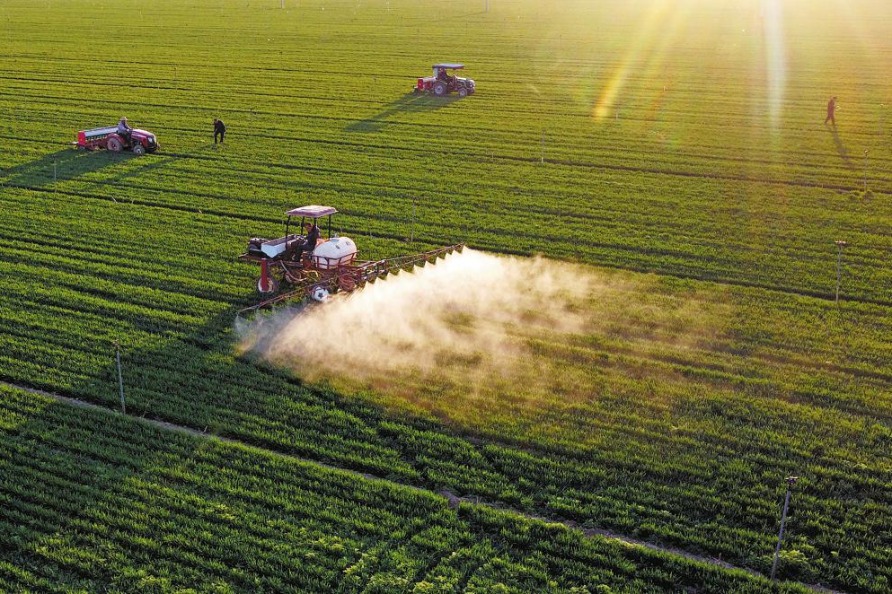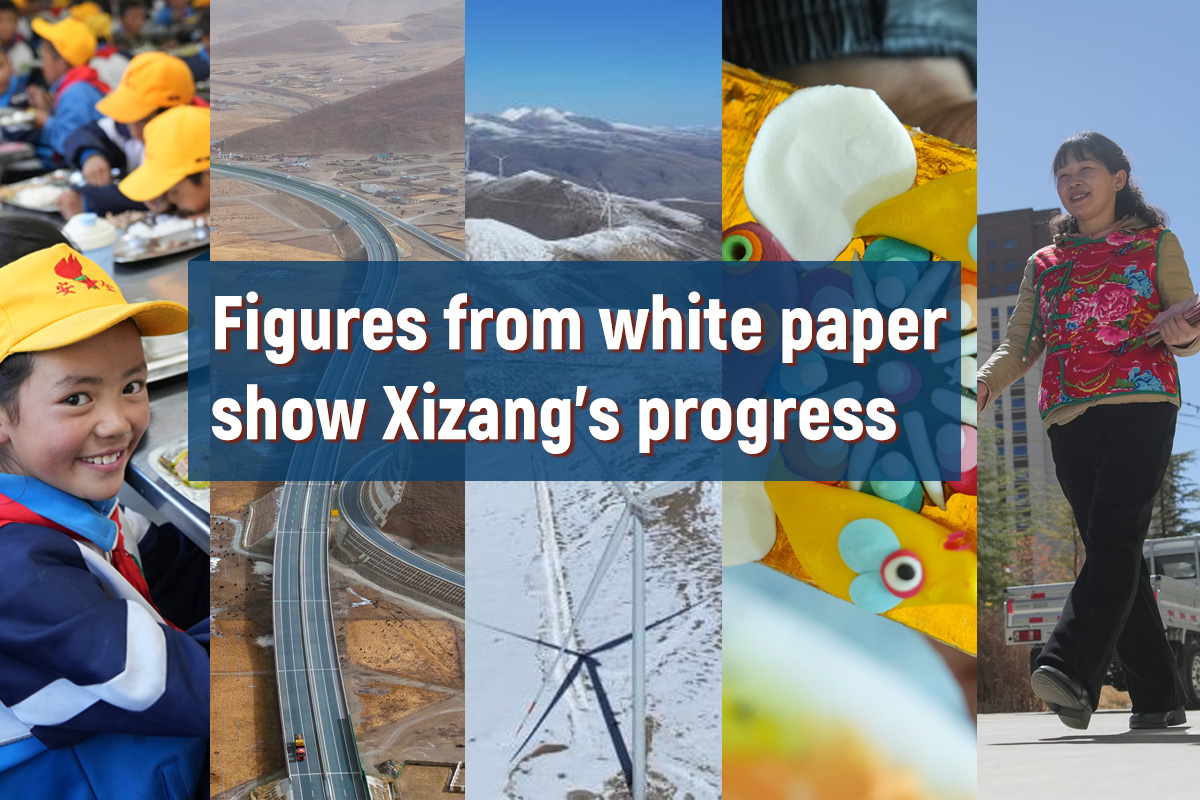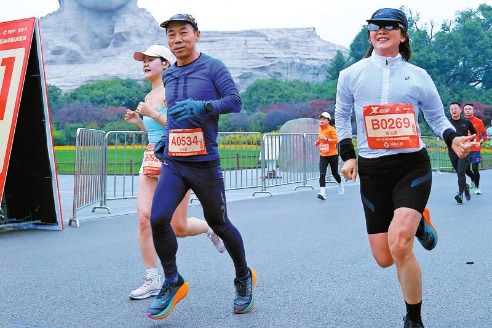AI used in revealing biological secrets of crop seeds

After eight years of groundbreaking interdisciplinary collaboration, a Chinese research team has pioneered a revolutionary leap in agricultural technology: a nondestructive testing system that performs "seed CT scans" to assess the vitality of individual seeds.
The innovation, led by Yu Yinghong, a researcher at the Hunan Academy of Agricultural Sciences, is embodied in a prototype device that combines cutting-edge laser spectroscopy and artificial intelligence to reveal the biological secrets within seeds — without damaging them — ushering in a new era of precision agriculture.
Collaborating with the Hefei Institutes of Physical Science, the Chinese Academy of Sciences and the CAS Changchun Institute of Optics, Fine Mechanics and Physics, the interdisciplinary team established an optical nondestructive testing system based on supercontinuum laser spectroscopy.
They collected transmission spectra and germination phenotype data from hundreds of thousands of crop seeds, building a comprehensive "spectrum-vigor" database.
By harnessing the supercontinuum laser beams to capture detailed spectral "fingerprints" of seeds, this system detects microscopic indicators — from metabolic activity to structural integrity — hidden beneath the seed coat.
"Everything has its spectrum and for seeds, its vitality is determined by the things it contains, which can be reflected in the spectrum," he said. "We do not know what each spectrum means, but when we collected the information of enough seeds, the correlation becomes clear, so the research cannot be done without big data and AI."
Once commercialized, this technology is expected to significantly enhance seed quality for crops such as corn, cotton, rice and soybeans, thereby boosting large-scale yield improvement, he said.
Emphasizing that seeds with superior vitality possess greater potential for yield improvement and stress resistance, Yu said that achieving nondestructive, single-seed vitality detection and sorting could break through current bottlenecks in the seed industry by ensuring higher-quality seeds for cultivation.
Data shows the technology achieves almost 100 percent accuracy in predicting seed vitality when applied to rice, corn, soybeans and cotton.
Using this breakthrough, the team engineered the world's first prototype for nondestructive rice seed vitality detection and sorting.
Post-sorting germination rates also reach almost 100 percent, with the results validated by the Hunan Provincial Agricultural Society. Experts concluded that the achievement fills a critical gap in optical nondestructive seed testing and holds substantial scientific and agricultural value.
Yu said the team is working hard on the commercialization of the technology, which he hopes can be achieved within five years.
More than 20 patents have been obtained for the technology and the team is actively applying for more government support, especially to have more seeds for testing, he said.
Contact the writers at zoushuo@chinadaily.com.cn
- AI used in revealing biological secrets of crop seeds
- Chinese researchers developing 'digital kidney'
- Tianjin teacher's Burmese proficiency aids quake rescue
- Endurance run tests limits of retiree
- Cutting-edge breakthroughs drive medical innovation
- Chinese breakdancer takes win on way to defending world title

















